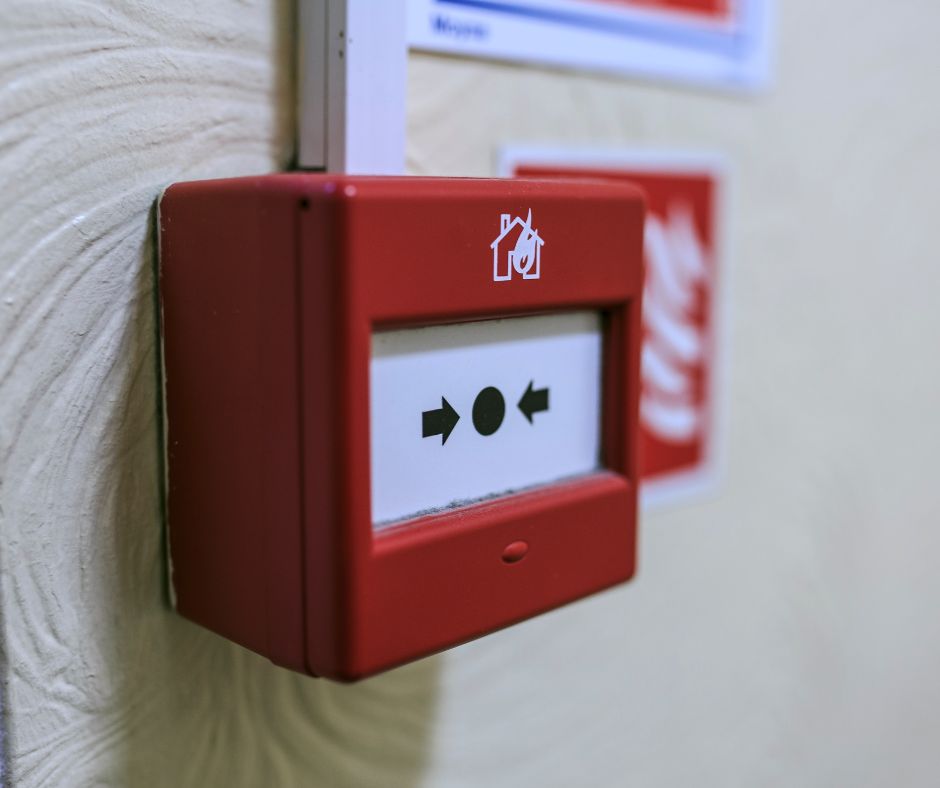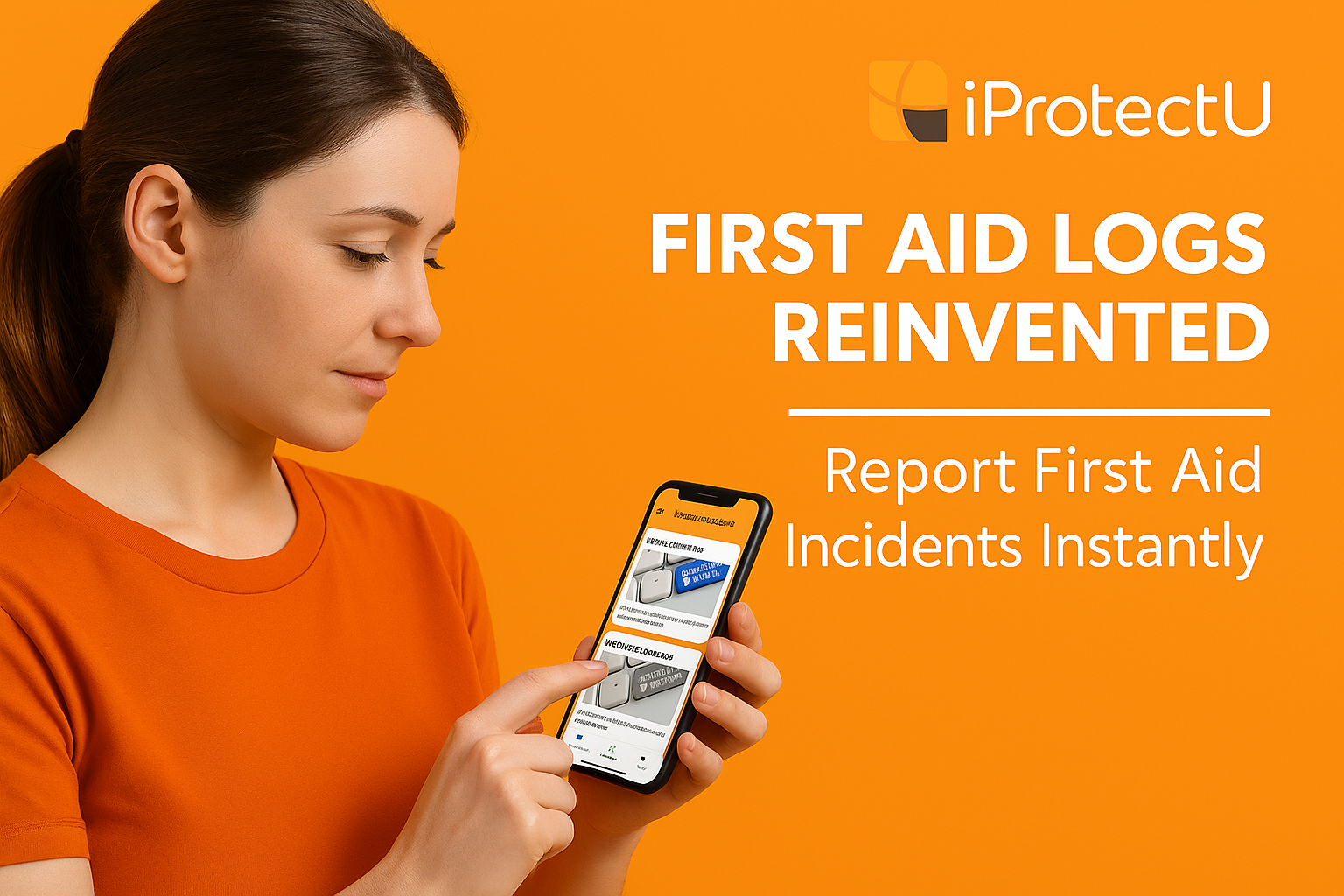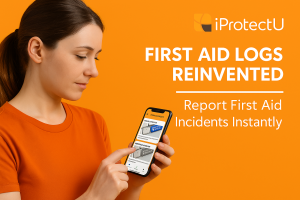Health and Safety Software » Health and Safety Software News » Health and Safety » Fire Detection and Warning Systems in the Workplace
Fire Detection and Warning Systems in the Workplace

There are two main types of fire detection and warning systems: automatic and manual.
Automatic fire detection systems
These use sensors to detect the presence of smoke, heat, or carbon monoxide. When a sensor detects a fire, it sends a signal to a control panel, which triggers an alarm. Automatic fire detection systems are generally required for larger buildings and buildings with high fire risk activities, such as hospitals, schools, and factories. Automatic fire detection systems can also be required for smaller buildings if they contain sleeping accommodation or if they are in a remote area.
Manual fire detection systems
These rely on people to identify and report fires. Manual fire detection systems typically include manual call points, which are activated by breaking a glass panel or pressing a button. Manual fire detection systems may be sufficient for smaller buildings with low fire risk activities, such as offices and shops. However, it is important to note that manual fire detection systems rely on people to identify and report fires, so it is important to have a fire safety plan in place and to train employees on how to use the fire detection system.
The type of fire detection and warning system that is required for a particular workplace will depend on several factors, including the size and type of building, the activities that are carried out, and the normal number of occupants in the building.
Fire warning systems
Fire warning systems are designed to alert people to the presence of a fire. There are several different types of fire warning systems, including:
- Audible alarms are the most common type of fire warning system. Audible alarms produce a loud sound that can be heard throughout a building.
- Visual alarms produce a visual signal, such as a flashing light or rotating beacon. Visual alarms can be used to alert people who are deaf or hard of hearing.
- Tactile alarms produce a tactile signal, such as a vibrating pad or buzzer. Tactile alarms can be used to alert people who are blind or have low vision.
The type of fire warning system that is required for a particular workplace will depend on the size and type of building, the activities that are carried out, and the needs of the occupants in the building.
For example, a building with a high proportion of people with disabilities may require a combination of audible, visual, and tactile alarms.
Fire safety plans
In addition to having a fire detection and warning system in place, it is also important to have a fire safety plan. A fire safety plan should outline the procedures that people should follow in the event of a fire. This includes evacuation procedures, procedures for reporting fires, and procedures for using the fire detection and warning system.
Fire safety plans should be reviewed and updated regularly to ensure that they are still effective.
Maintenance and testing
It is important to regularly maintain and test fire detection and warning systems to ensure that they are in good working order. Maintenance and testing should be carried out by a qualified professional.
It is important to choose the right fire detection and warning system for your workplace and to have a fire safety plan in place. Fire detection and warning systems should also be regularly maintained and tested.
The iProtectU health and safety software provides:
- An inspection and Audit App which allows for safety inspection of the workplace and associated report
- eLearning on a wide range of EHS topics, which cover fire safety at work
- Scheduling functionality for managers to send eLearning, risk assessments and documents out to all staff via the software with tracks completion and compliance
- Fire risk assessment templates covering fire detection and warning systems
- Management system to document control the policy on fire safety management
- Method Statement module for the creation of working instructions
- Legal register that provides legislation guidance on fire safety management
- Incident investigation module that tracks incidents involving fire hazards both with an app and via desktop
- Hazard observation app where staff can report and record any concerns regarding fire safety to the organisation
- Asset management App ensuring assets are recorded in the software
Arrange your demonstration
Let us show you how we can transform your health and safety, risk and compliance management
Please choose a date and time for your demo. We look forward to meeting with you.
Latest Updates & Information

How iProtectU Transforms PPE Management: From Stock Chaos to Compliance Confidence
Managing personal protective equipment (PPE) doesn’t have to be a paperwork struggle. With iProtectU, safety

From iProtectU to Amazon: A Work Experience Success Story
From work experience to an Amazon internship. Read how iProtectU helped empower a young talent

Modern Supplier & Contractor Management Software for Safer, Smarter Organisations
Modern organisations face increasing complexity when managing suppliers and contractors. Manual methods like spreadsheets and

Modern Legal Register Management for Modern Organisations
iProtectU’s Legal Register Software simplifies how organisations track, update and manage legal requirements. Stay compliant

From Treatment to Trend Analysis – Report First Aid Incidents Instantly
iProtectU EHS First Aid Reporting & Management Software simplifies the recording, tracking, and analysis of

Smarter Asset Management: Control, Compliance & Confidence in One Platform
iProtectU Asset Management Software provides centralised control over equipment, machinery and safety-critical assets. Automate maintenance







